| Aphids | Insect | Misshapen/yellow leaves; distorted flowers; leaf drop; sticky “honeydew” (excretion) on leaves; sooty, black mold | Knock off with water spray; apply insecticidal soap; inspect new plants carefully; use slow-release fertilizers; avoid excess nitrogen; encourage lacewings, lady beetles/bugs, spiders |
|---|
| Bacterial soft rot of iris | Bacteria | Dieback starts at leaf tips; leaves yellow/ wilt/separate from base; rhizomes rot; foul odor; plants may die | Cut out diseased rhizome tissue/air-dry cut surfaces for 1 to 2 days before replanting; for severe infections, destroy plants/surrounding
soil (do not compost); remove plant debris regularly; disinfect tools; good air circulation; prevent plant injury; control iris borers; plant rhizomes at proper depth |
|---|
| Blight (southern), “white mold” | Fungus | Leaves/stems/ entire plants wilt,
brown or blacken, and may die; water-soaked lesions on lower stems; crown/rhizome
rot; fluffy, white fungal mats with mustard- seed–like balls on stems bases/nearby soil | Destroy infected parts/ plants (if severe), white fungal mats, and surrounding soil to at least 6 inches beyond plant and 8 inches deep (do not compost); remove plant debris regularly; disinfect tools; solarize soil; resistant varieties; good drainage |
|---|
| Blight (Botrytis), “gray mold” | Fungus | Yellow/ brown/gray spots with water-soaked margins on leaves/flowers; gray mold; buds remain closed; stem lesions; wilt/rot; scorched appearance (“fire”) in some plants | Destroy infected parts/ severely infected plants (do not compost); remove plant debris regularly; disinfect tools; good air circulation/ sunlight; avoid overhead watering; prevent plant stress/injury; weed; rotation |
|---|
| Ink spot | Fungus | Yellow-margined, reddish brown leaf spots; brownish black powdery mass in spots; plants collapse; inky black stains on some rhizomes; rhizomes rot | Destroy infected leaves/rhizomes (do not compost); remove plant debris regularly; good air circulation; 3-year rotation |
|---|
| Iris borers | Insect | Leaf tips turn brown; pinholes chewed in leaves (caterpillar/larvae entry); holes bored in rhizomes; slimy, stinky mess at plant base and rhizome | Squash by hand or remove and discard affected foliage before pupation (and new moths, mating, eggs); inspect suspected rhizome damage, discard (burn/bury) affected ones; clean beds of plant debris after a hard frost |
|---|
| Iris weevils (“flag weevils”) | Insect | Beetle-like insects feed on flowers, seeds, pods of wild blue flag iris (Iris versicolor) and purple Siberian iris; deposit eggs in ovary, which pupate in seed- pod; visible when flower is in bloom | Remove/destroy seedpods |
|---|
| Leaf spot (“bacterial leaf spot of iris”) | Bacteria | Varies; water-soaked rust/black leaf spots between veins later dry/fall out, leaving holes; leaves yellow/ distort/wilt/die; stem cankers | Destroy infected parts/ severely infected plants (do not compost); remove plant debris regularly; disinfect tools; prevent plant stress/in- jury; good air circulation; avoid overhead watering |
|---|
| Leaf spot (fungal) | Fungus | Varies; leaf spots on lower leaves enlarge and turn brown/black; fuzzy growth or pustules in lesions; disease progresses upward; leaves die | Destroy infected leaves/ severely infected plants (do not compost); remove plant debris regularly; disinfect tools; resistant varieties; good air circulation; avoid overhead watering |
|---|
| Leaf spot (iris) | Fungus | Yellow/brown leaf spots with water-soaked/reddish brown/yellow margins dry out; black specks in lesions; leaves curl/yellow/die back from tip; poor flowering; plants weakened | Destroy infected parts (do not compost); remove debris regularly; resistant varieties; good air circulation/sun; avoid overhead watering; weed |
|---|
| Nematodes (foliar) | Nematode | Typically, starting on lower leaves, yellow/brown/purplish,
angular spots or streaks change to dark green/brown/blackish lesions between leaf veins; dead areas may drop out; distorted/curled leaves may wilt/drop; symptoms move upward on plant; stems, buds, and flowers may also be affected; poor flowering; stunted or bushy growth | Destroy infected leaves/plants (do not compost); remove plant debris regularly; choose resistant varieties, if available; good air circulation/spacing; avoid overhead watering/keep leaves as dry as possible; weed |
|---|
| Nematodes (root-knot) | Nematode | Roots “knotty” or galled; plants stunted/yellow/wilted/weakened; leaves and other parts may distort or die; poor flowering | Destroy infested plant debris after flowering season, including roots (do not compost); disinfect garden tools; choose resistant varieties; solarize soil; plant French marigolds (Tagetes patula) as a trap crop; rotate plantings |
|---|
| Nematodes (stem and bulb) | Nematode | Typically, leaves turn yellow then brown/distort/blister/wilt/die; swollen stems, crowns, leaf bases; poor/distorted flowering; plants stunted/die; fluffy white masses (“nematode wool”) may be present; discolored/distorted rhizomes soften/brown/crack/die; rhizome cross-section may show brown concentric rings | destroy infested plants and those within 3 feet, including soil (do not compost); disinfect tools; choose healthy, nematode-free seed/ plants; rotate plantings every 5 years, if possible; plant green manures such as mustard and radish; weed |
|---|
| Slugs/snails | Mollusk | Irregular holes in leaves/flowers; slimy secretion on plants/soil | Handpick; avoid mulch; use copper plant collars; avoid overhead watering;
lay boards on soil in evening, in morning lift and dispose of pests in hot, soapy water; drown in deep container of 1/2 inch of beer or of sugar water and yeast sunk to ground level; apply 1-inch-wide strip of diatomaceous earth around plants |
|---|
| Thrips | Insect | Stunted plant growth; stippling; leaf drop | Knock off with water spray; use sticky traps; beat/shake foliage/flowers; clip off unopened/infested buds and shoot tips; submerge in mixture of 7 parts water to 1 part isopropyl alcohol and discard; water adequately, avoid excess nitrogen; deadhead flowers |
|---|
| Verbena bud moths | Insect | Tunnels/bores into plant shoots/stalks, seeds, and buds; moths do no harm | Handpick, or cut infestations, burn infested shoots and buds |
|---|
| Viruses | Virus | Varies; leaves with yellow/light green mottling or rings; distorted leaves/stems/flowers; flowers streaked; stunting | Destroy infected plants (do not compost); remove plant debris regularly; disinfect tools; resistant varieties/certified virus-free plants; control sap-sucking insects (aphids, whiteflies); weed |
|---|
| Whiteflies | Insect | All stages suck sap on leaf undersides; leave sticky “honeydew” (excrement), sooty, black mold; yellow/silver areas on leaves; wilted/stunted plants; adults fly if disturbed; some species transmit viruses | Remove infested leaves/ plants; use handheld vacuum to remove pests; knock off leaf under- sides with water spray
in morning/evening; set yellow sticky traps; apply insecticidal soap; invite beneficial insects and hummingbirds with native plants; weed; reflective mulch |
|---|

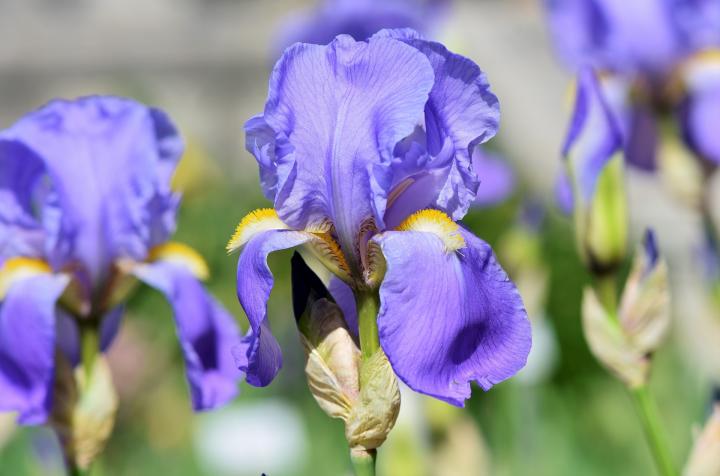
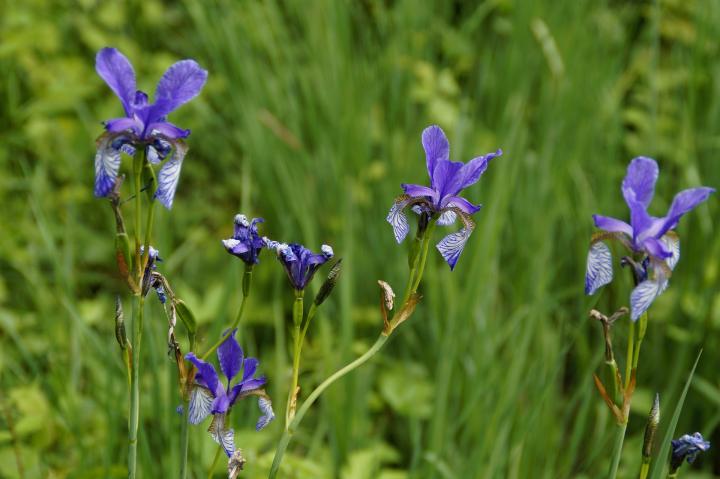
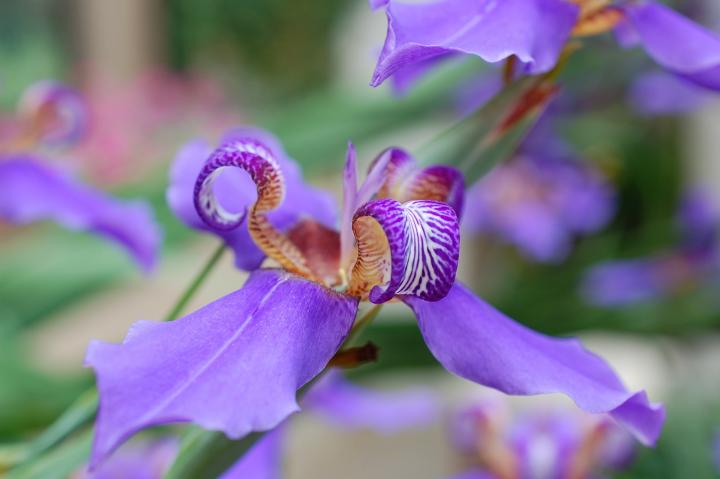

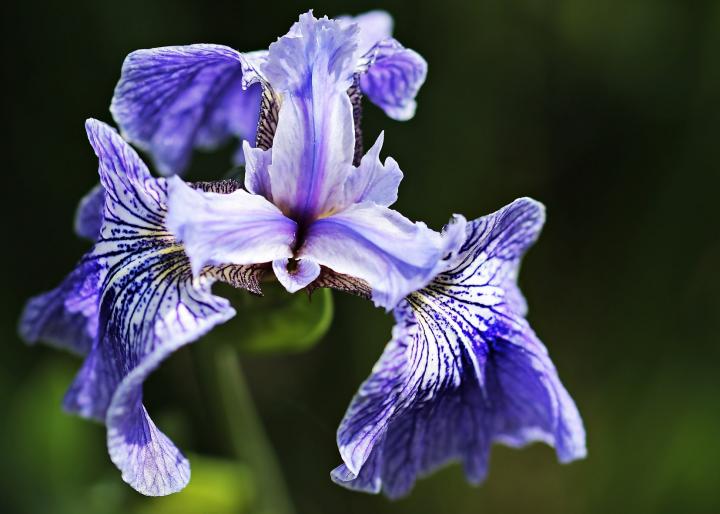
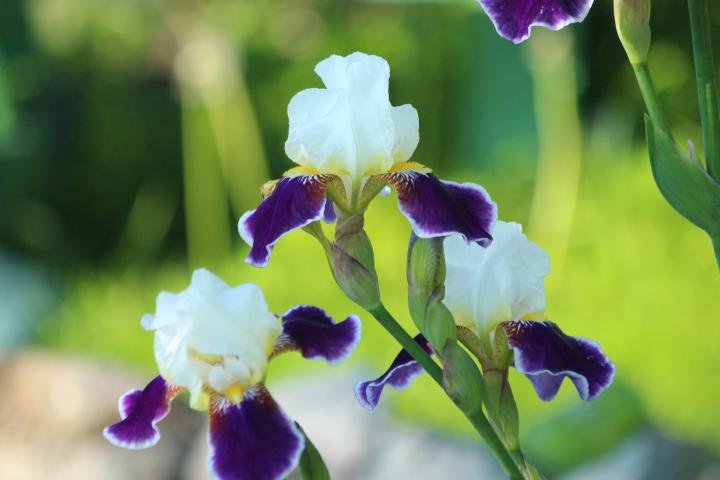








Comments